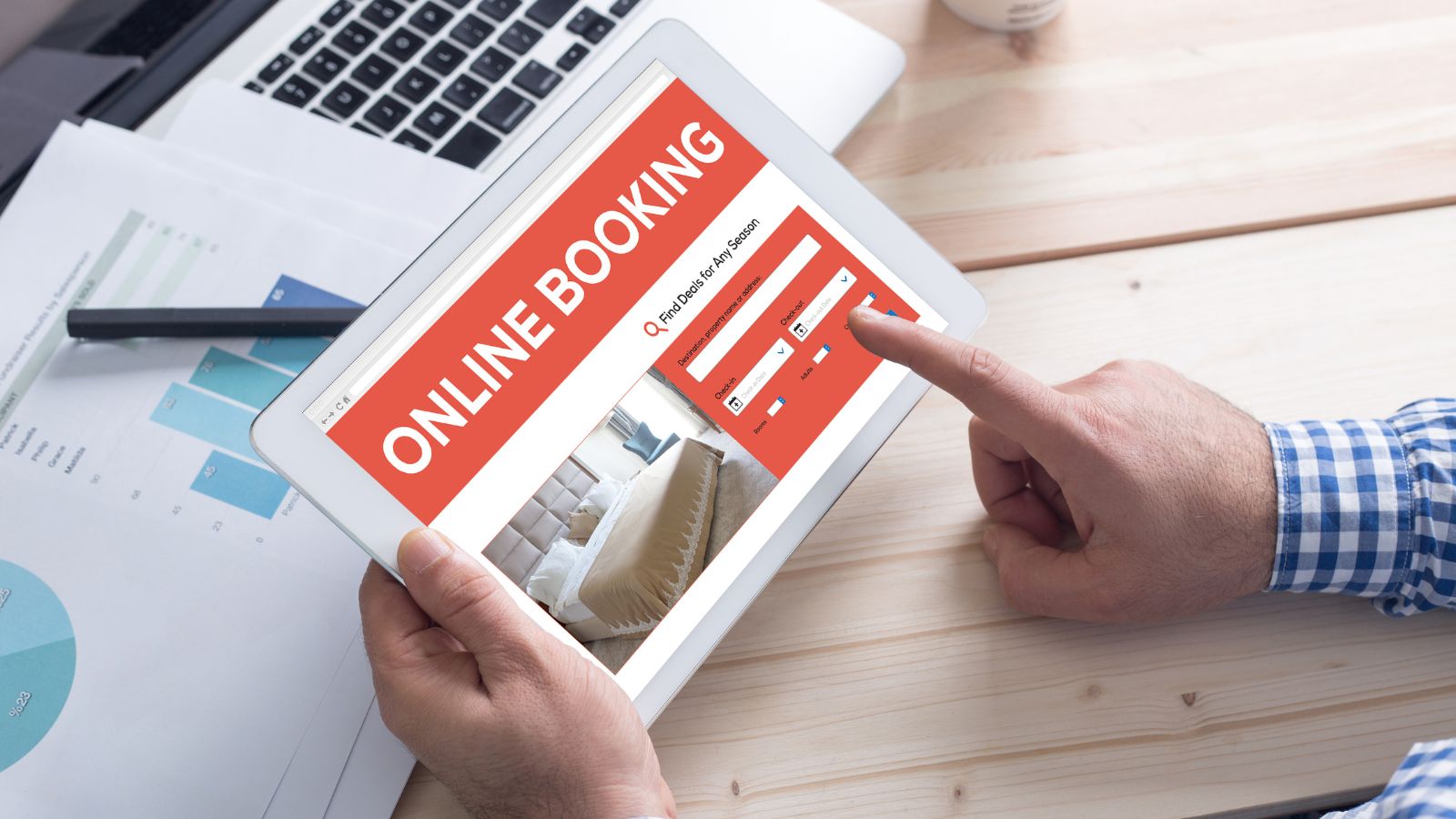In today’s fast-paced business world, managing corporate travel efficiently is crucial for organizations of all sizes. A corporate travel booking platform simplifies the travel booking process, helps control costs, and ensures compliance with company policies.
However, with numerous options available, selecting the right platform can be overwhelming. This guide will walk you through the essential steps to choosing the best corporate travel booking platform along with a corporate travel consultant that meets your company’s needs.
Step 1: Identify Your Business Travel Needs
Before evaluating different platforms, it is essential to assess your company’s travel needs. Consider the following factors:
- Company Size and Travel Frequency: Are you a small startup with occasional travel or a large corporation with frequent trips?
- Budget Constraints: How much can your company allocate for a travel booking system?
- Travel Policy Compliance: Do you need a platform that enforces corporate travel policies?
- Preferred Airlines, Hotels, and Transportation: Are there specific vendors you frequently use?
- Employee Preferences: What kind of user experience will be ideal for your employees?
By defining your business travel needs, you can narrow down platforms that cater to your specific requirements.
Step 2: Research Available Corporate Travel Booking Platforms
Once you understand your needs, research the available corporate travel booking platforms in the market. Some of the top platforms include:
- itilite
- SAP Concur
- Egencia
- TravelPerk
- TripActions
- Amex GBT
Compare their features, pricing, and customer reviews to shortlist the best options for your company.

Step 3: Evaluate Key Features of the Platform
A reliable corporate travel booking platform should include the following features:
1. User-Friendly Interface
The platform should be easy to navigate for employees and administrators alike. A complicated interface can discourage employees from using the system efficiently.
2. Comprehensive Travel Inventory
Look for a platform that provides access to a wide range of flights, hotels, rental cars, and other travel services. This ensures employees have multiple options while booking.
3. Policy Compliance and Approval Workflows
An ideal platform should have built-in policy compliance tools that restrict out-of-policy bookings and enable an approval system before confirming reservations.
4. Integration with Expense Management Software
To simplify expense tracking, the platform should integrate seamlessly with your existing expense management tools, such as SAP Concur or Expensify.
5. Cost-Saving Features
Some platforms offer dynamic pricing, negotiated corporate rates, or AI-based recommendations to help companies save on travel expenses.
6. Real-Time Reporting and Analytics
A robust analytics dashboard allows companies to track travel spending, identify cost-saving opportunities, and make data-driven decisions.
7. 24/7 Customer Support and Duty of Care
Business travel disruptions can occur at any time. Ensure the platform offers round-the-clock support and duty-of-care solutions to assist employees during emergencies.
Step 4: Compare Pricing and Subscription Models
Corporate travel booking platforms offer different pricing models, such as:
- Subscription-Based Pricing: Fixed monthly or annual fees.
- Pay-Per-Transaction: Fees charged per booking.
- Custom Pricing: Tailored solutions based on company size and needs.
Compare pricing models and determine which one aligns best with your company’s travel volume and budget.
Step 5: Seek Recommendations and Analyses
Consult with industry peers, read online reviews, and seek guidance from a corporate travel consultant to gain insights into the best platforms. Corporate travel consultants have extensive experience and can provide valuable recommendations based on your specific requirements.

Step 6: Request a Demo and Trial Period
Before committing to a platform, request a demo and explore a trial period. This allows you to test the platform’s usability, evaluate its features, and determine if it meets your company’s expectations.
Step 7: Assess Customer Support and User Training
Adopting a new corporate travel booking system requires proper training for employees. Choose a platform that provides:
- Comprehensive Onboarding Support
- Training Materials and Tutorials
- Dedicated Account Managers
- 24/7 Customer Support for Travel Emergencies
Step 8: Finalize and Implement the Platform
Once you have chosen the right corporate travel booking platform, follow these steps for a smooth implementation:
- Customize Travel Policies: Set up rules and approval workflows.
- Integrate with Expense Systems: Ensure seamless synchronization with finance tools.
- Train Employees: Provide necessary training sessions.
- Monitor Usage and Optimize: Regularly review travel data to improve efficiency and savings.
Conclusion
Choosing the right corporate travel booking platform is a strategic decision that impacts cost savings, policy compliance, and employee satisfaction. By following this step-by-step guide and consulting with a corporate travel consultant, you can select a platform that aligns with your business needs and enhances your corporate travel management. Investing in the right solution will not only streamline travel processes but also lead to better financial control and traveler experiences.


 By
By 




